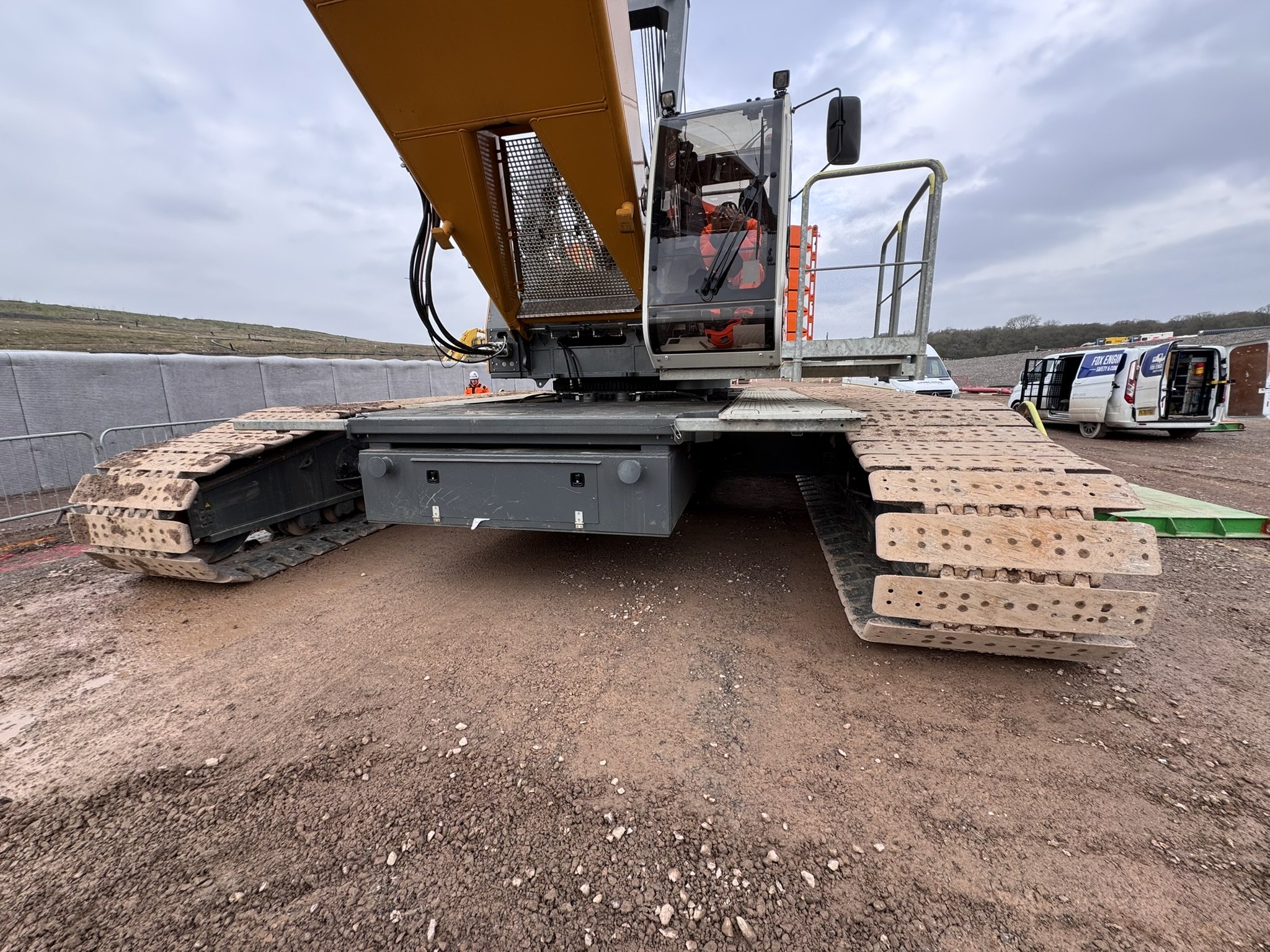There’s No Such Thing as an “Insurance Inspection” — It’s a Statutory Obligation
The phrase “insurance inspection” still pops up in conversations — on job sites, in maintenance meetings, and even in risk assessments. But here’s the truth: there’s no such thing anymore. It’s a historical term that has outlived its purpose. Today, what many people are calling an “insurance inspection” is more accurately and legally a statutory inspection under UK regulations.
Where the term came from
Historically, insurers would request inspections of equipment, pressure systems, or lifting gear as part of their underwriting process. These were informal, insurance-driven assessments meant to manage risk.
But times have changed. The UK now has robust legislation that mandates periodic inspection and thorough examination of work equipment, systems, and substances. These aren’t optional, and they’re not just for insurance purposes — they’re legal requirements.
What “insurance inspections” really are today
In nearly all cases, when someone refers to needing an “insurance inspection,” they actually mean one of the following:
LOLER 1998 (Lifting Operations and Lifting Equipment Regulations): Thorough examinations of lifting equipment like cranes, forklifts, and hoists.
PUWER 1998 (Provision and Use of Work Equipment Regulations): Inspections to ensure equipment is suitable, maintained, and safe to use.
PSSR 2000 (Pressure Systems Safety Regulations): Inspection of pressure vessels, steam systems, and related plant under a Written Scheme of Examination (WSE).
COSHH 2002 (Control of Substances Hazardous to Health): Monitoring and inspection of LEV (Local Exhaust Ventilation) systems and other controls to manage exposure to hazardous substances.
These are statutory inspections — required by law and enforceable by the HSE (Health and Safety Executive), not your insurance company.
Why the terminology matters
Referring to these as “insurance inspections” can lead to serious misunderstandings:
Missed legal obligations – Thinking it’s optional or insurer-driven, when it’s actually a legal duty
Non-compliance risk – Resulting in fines, enforcement notices, or worse in the event of an incident
Confusion on roles and responsibilities – Especially when it comes to who is competent and authorised to carry out inspections
What should you do instead?
Ditch the outdated term. Start asking the right questions:
Is this equipment subject to LOLER, PUWER, PSSR, or COSHH requirements?
When was the last statutory inspection completed?
Do we have a compliant Written Scheme of Examination (WSE) in place?
Are we using a competent person to carry out these inspections?
At Fox Engineering Safety and Compliance, we help businesses stay compliant with all statutory inspection requirements — not for insurance, but because it’s the law.
In summary
The term “insurance inspection” may still be floating around, but it no longer reflects the reality of compliance in the UK. Today, these inspections are part of a statutory framework that protects workers, ensures equipment safety, and keeps businesses on the right side of the law.
If you’re unsure what regulations apply to your operations — or whether you’re fully compliant — get in touch. We’ll help you translate outdated terminology into modern legal compliance.

